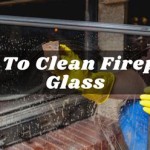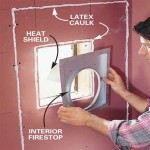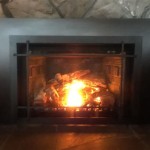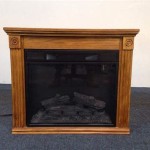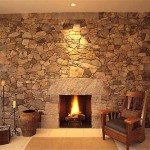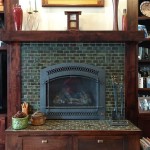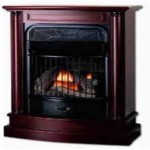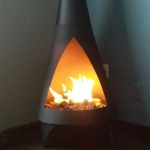Fireplace Gas Pipe: The Ultimate Guide
Fireplaces offer a focal point for gathering and warmth, but they also require safe and efficient fuel delivery. That's where fireplace gas pipes come in. These pipes form the backbone of a gas fireplace system, ensuring proper gas flow and combustion. Understanding the essential aspects of fireplace gas pipes is crucial for ensuring safety, longevity, and optimal performance of your fireplace.
Material and Durability
Fireplace gas pipes are typically made of either copper, aluminum, or stainless steel.
- Copper is a durable and corrosion-resistant material commonly used in older fireplace installations.
- Aluminum is lightweight and flexible, making it easier to install in tight spaces.
- Stainless steel is the most durable and corrosion-resistant option, offering excellent longevity and performance.
Size and Rating
The size of the gas pipe is crucial for delivering the appropriate amount of gas to the fireplace. A correct size ensures proper combustion and prevents safety hazards.
Gas pipes are rated based on their BTU capacity, which indicates the amount of gas they can safely handle. It's essential to choose a pipe with a BTU rating that matches the requirements of your fireplace.
Flexibility and Fittings
Fireplace gas pipes are often required to navigate tight spaces or awkward angles. Flexible pipes allow for easy installation in such situations. They come with a range of fittings, such as elbows, tees, and couplers, to create custom configurations.
Ensure that all fittings are compatible with the pipe material and meet the appropriate safety standards. Properly installed fittings prevent gas leaks and maintain system integrity.
Safety and Certification
The safety of a gas fireplace system depends heavily on the integrity of the gas pipe. Fireplace gas pipes must meet specific safety standards, including:
- CSA approval (Canadian Standards Association)
- ANSI certification (American National Standards Institute)
Certified pipes undergo rigorous testing to ensure they comply with safety regulations. Always choose pipes that carry these certifications for peace of mind.
Installation and Maintenance
Professional installation is crucial for fireplace gas pipes. A qualified technician can ensure proper sizing, routing, and connection. Regular maintenance is equally important, including:
- Visual inspections for any damage or leaks
- Gas leak detection using a gas sniffer
- Professional maintenance by a qualified technician

How To Install A Log Lighter Fireplace Gas Starter Pipe

Gas Fireplace Starters Log Lighter Universal

Lp Gas Line Clearance Plumbing Inspections Internachi Forum

Fireplace Gas Line Installation In West Covina

Dante Stainless Steel Gas Fireplace Log Lighter Burner Pipe With T Mixer

Flexible Appliance Connector In Fireplace Plumbing Inspections Internachi Forum
.png?strip=all)
How To Install A Log Lighter Fireplace Gas Starter Pipe

Gas Flex Line For Fire Pits And Fireplaces 1 2 Od X 3 8 Id Whistle Free Connector Kit 24 Long Stainless Steel Corrugated Pipe With Npt Male

Some Questions Help With My B Vent Gas Log Fireplace Doityourself Com Community Forums

How To Light A Gas Fireplace

